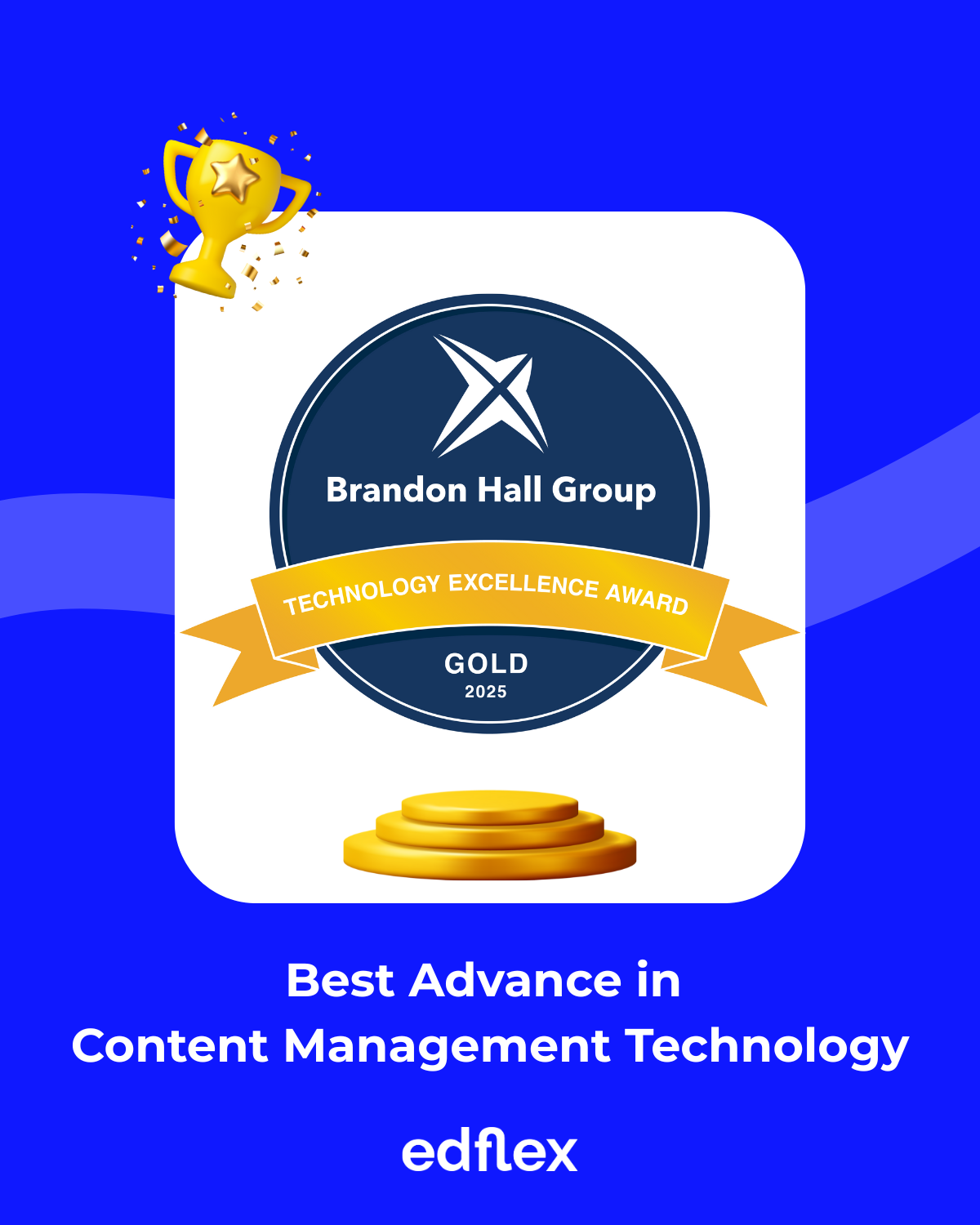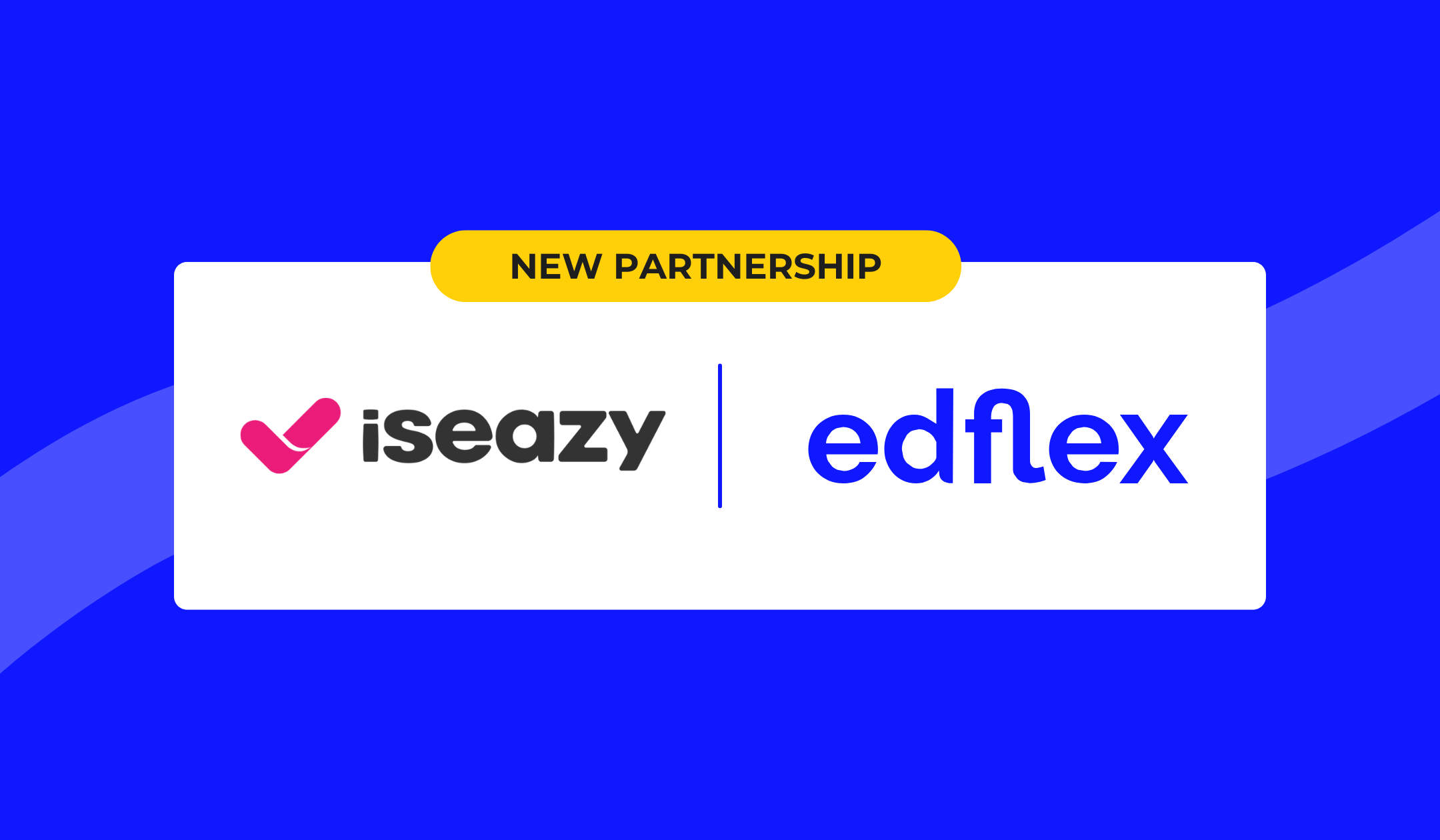For years, the concept of Open Education has intrigued and inspired. Used sometimes even without knowing it in many companies, we propose today a focus on this methodology that has revolutionized learning.
What is Open Education?
Definition and concept
Open Education (OE) is a way of conceiving learning, a real philosophical trend. It aims to facilitate access to learning, using resources in an interactive and collaborative way.
Mostly developed by online and distance learning, this social project is based on the values of sharing and autonomy since it also gives the learner the power to manage himself. This is what we call self-training.
The evolution of Open Education
In the years 1990-2000, the meaning of this movement evolved in line with the Open Source trend. The objective? To reduce inequalities in the accessibility of learning, notably by democratizing access to resources.
This is where the terms Open Educational Resources (OER) were born. These resources must not only be freely available to be part of this movement. They must be associated with a free or open source license.
This opening to educational resources led to a new pillar of OE: the uses linked to these resources or Open Educational Practices. This marked a turning point in the concept of Open Education since it was no longer centered on resources but on services. Numerous tools were then developed to meet these new uses.

The advantages of Open Education
Creators or consumers: who gains the most?
If the objective of this trend is to offer learners free access to quality educational resources, the question can be asked on the creator's side: what is the benefit for them?
As simple as it may sound, the visibility given to the resources used online is a huge benefit for designers. It allows them to widen their zone of influence (transmit their knowledge all over the world) but also to reinforce their notoriety.
Some designers have gone so far as to create their own sharing platform. Often based on a freemium use (free + premium), this offer allows them to attract a large audience and to

The uses of Open Education in companies
In companies, this approach seems economically sustainable. It responds to several uses of employees in their professional training, notably autonomy in the choice of their training, as well as a need for sharing linked to collaborative learning. The agile method is also a good way to apply open education in your company.
On the follow-up side, we quickly observed traceability issues: access to OER was possible without logging into an account. The performance indicators were therefore all linked to the quantity of resources consumed. These issues were resolved with the emergence of powerful tools capable of tracking self-learning progress.
Today, the creation of resources is no longer the main issue. It is now a matter of integrating them into training practices to create real reflexes among learners. Making these resources available is not enough to ensure their use; it is essential to promote them.
Open Education Night is a new edition of Edflex’s annual event. This program will dive into Edflex’s innovative training offer and will include round tables, testimonials, and a prize-giving ceremony for 5 trophies.



















